GM Financial Double Crosses Their Ally
Following in the footsteps of Spanish bank Santander, GM Financial announced that it would enter the prime lending market in 2014.
SNL Financial, a subscription-only financial news service, reports that
General Motors Financial Co Inc officials said on a May 2 conference call that the company plans to launch a prime retail product in North America on a limited basis with an initial focus on General Motors dealers with which the captive finance company maintains a commercial lending relationship.
GM Financial, formerly AmeriCredit, was acquired by GM in 2010 to provide leasing and subprime financing options, alongside Ally Financial, which absorbed the former GMAC. While GM Financial claims that they don’t want to become the “predominant” prime lender for GM dealers or “supplant the banks and other providers in this market,” CEO Daniel Berce said the move would help achieve “strong growth in our earning asset base over time.”
Given GM Financial’s portfolio, it’s not hard to see why Berce is eager to transition to prime lending and see some growth in its earning asset base. In 2012, 85 percent of GM Financial’s portfolio was subprime, while delinquencies grew by $200 million, to $933 million according to its latest SEC filing. Meanwhile, GM Financial’s prime customers are said to have default rates in line with the industry average. Small wonder that the firm is looking to capture more of these lenders and eliminate some risk from its subprime-heavy portfolio.
Subprime aside, the move into prime lending will help GM Financial transition into a full-fledged captive financing arm. In addition to offering lending services to consumers, GM Financial also offers commercial lending products for its dealers. SNL reports significant expansion in these areas for GM Financial
GM Financial’s lease originations for GM vehicles of $620 million in the first quarter marked a sharp increase from $384 million in the year-ago period; the captive is a full-spectrum lease provider for its parent company. GM Financial also reported $882.7 million of commercial finance receivables as of March 31, up from $560 million on Dec. 31, 2012. The company rolled out the commercial loan products in mid-April 2012.
With Chrysler forming their own captive arm with Santander and GM Financial’s expansion, Ally stands to be the biggest loser. According to SNL, their commercial floorplan financing business saw a 3 percent decline in Q1 2013 versus the same period last year, and both Santander and GM Financial will undoubtedly take a good bite out of Ally’s consumer lending business, which previously targeted Chrysler and GM buyers. Ally’s President, William Muir, was rather blunt in his assessment of the Chrysler situation, stating “pure subvented business from Chrysler should go to zero pretty quick”.
More by Derek Kreindler
Latest Car Reviews
Read moreLatest Product Reviews
Read moreRecent Comments
- Lorenzo This car would have sold better if there was a kit to put fiberglass toast slices on the roof.
- Lorenzo The Malibu is close to what the 1955 Bel Air was, but 6 inches shorter in height, and 3 inches shorter in wheelbase, the former making it much more difficult to get into or out of. Grandma has to sit in front (groan) and she'll still have trouble getting in and out.The '55s had long options lists, but didn't include a 91 cubic inch four with a turbo, or a continuously variable transmission. Metal and decent fabric were replaced by cheap plastic too. The 1955 price was $1765 base, or $20,600 adjusted for inflation, but could be optioned up to $3,000 +/-, or $36,000, so in the same ballpark.The fuel economy, handling, and reliability are improved, but that's about it. Other than the fact that it means one fewer sedan available, there's no reason to be sorry it's being discontinued. Put the 1955 body on it and it'll sell like hotcakes, though.
- Calrson Fan We are already seeing multiple manufacturers steering away from EVs to Hybrids & PHEVs. Suspect the market will follow. Battery tech isn't anywhere close to where it needs to be for EV's to replace ICE's. Neither is the electrical grid or charging infrastructure. PHEV's still have the drawback that if you can't charge at home your not a potential customer. I've heard stories of people with Volts that never charge them but that's a unique kind of stupidity. If you can't or don't want to charge your PHEV then just get a hybrid.
- AZFelix The last time I missed the Malibu was when one swerved into my lane and I had to brake hard to avoid a collision. 1 out of 5⭐️. Do not recommend.
- 2ACL I won't miss it; it was decent at launch, but in addition to the bad packaging, GM did little to keep it relevant in the segment. I'd prefer that another domestic automaker doesn't just give up on the mainstream sedan, but unlike some of Ford's swan songs, the Malibu made an indifferent case for why they should live.
















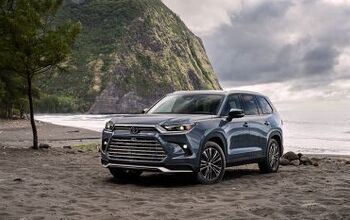
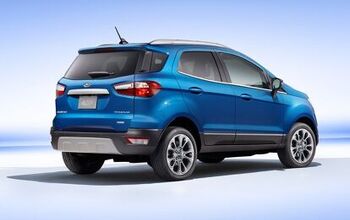
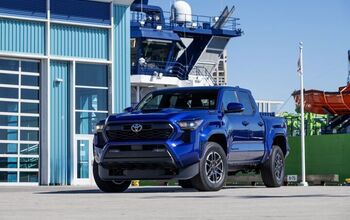
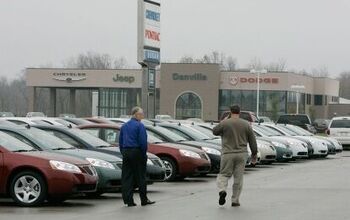
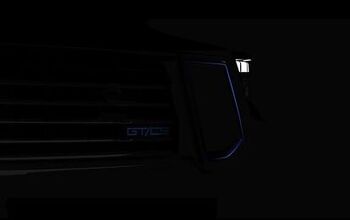
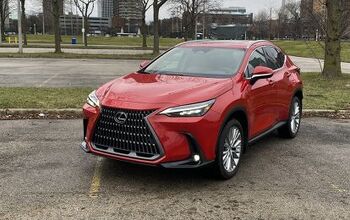

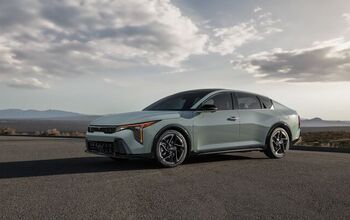
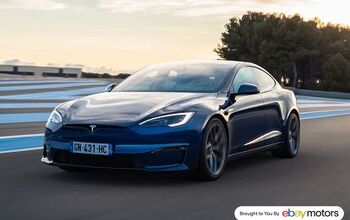

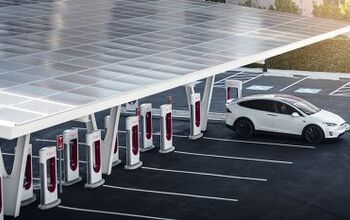
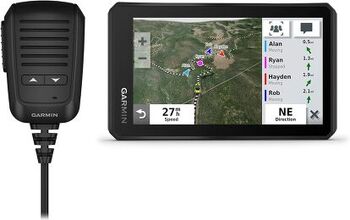


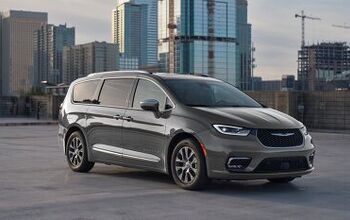


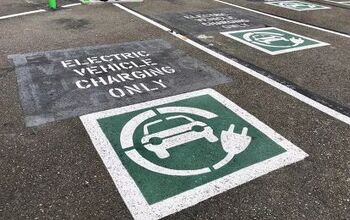
Comments
Join the conversation
By the way, has GM sold their stake in Ally? My impression was that Old GM's stake + New GM's stake added up to around 10%.
THE PEOPLE WILL BE THE BIGGEST LOSER!!!! Not Ally Financial. The US Treasury has more than $11 billion invested in Ally from the bailouts. Remember now, Cerberus owns a large part of Ally. The same Cerberus that bought Chrysler for Chrysler Financial. They separated the two companies, and were able to keep Chrysler Financial through the bankruptcy and even though Chrysler owed the $12 billion in tarp funds. Cerberus later sold Chrysler Financial for the $7billion it bought Chrysler for. Now they hold a large stake in Ally still, and once again the US Treasury is babysitting their investments for them, and will make sure they don't lose any money. From the wiki: In 2006, General Motors Corporation sold a 51% interest in GMAC to Cerberus Capital Management, a private equity company. (The next year, Cerberus acquired Chrysler Corporation.) Also in 2006, GMAC divested a majority stake of GMAC Commercial Holdings, its real estate division, to a trio of investors — Goldman Sachs, KKR and Five Mile Capital Partners — thereby creating Capmark Financial Group Inc.[6] Capmark later filed for bankruptcy and was acquired in part jointly by Leucadia and Berkshire Hathaway.[7][8] On December 29, 2008, the United States Department of the Treasury invested $5 billion in GMAC from its $700 billion Troubled Asset Relief Program (TARP). On May 15, 2009, GMAC's banking unit changed its name to Ally Bank. On May 21, 2009, the U.S. Treasury announced it would invest an additional $7.5 billion in GMAC LLC, which gave the U.S. government a majority stake in the company.[9] On December 30, 2009, the U.S. Treasury department said that they would invest another $3.8 billion in GMAC because the company had been unable to raise additional funds in the private sector. This raised the total government investment in GMAC to $16.3 billion.[10] On May 10, 2010, GMAC Inc. announced that it re-branded itself as Ally Financial Inc.[11] On December 30, 2010, the U.S. Treasury announced it would be converting $5.5 billion of interest-bearing preferred Ally stock into common equity.[12] On March 31, 2011, Ally Financial filed with the SEC for an initial public offering, although was not pursued due to stock market volatility of summer 2011.[13] On November 9, 2011, the bank announced it was considering filing for bankruptcy-protection for its ResCap mortgage unit, after the unit's loan write-downs of around half a billion dollars brought it close to the legally required net asset value threshold of $250 million.[14][15] As of January, 2012, TARP had about $12 billion invested in Ally.[16] The government stake represented a 74% ownership interest in Ally. In March, 2012, Ally failed the Federal Reserve's so-called financial "stress test" for capital adequacy. The company said in a statement that the Fed's “analysis dramatically overstates potential contingent mortgage risk”. A possible outcome would be a requirement to raise additional capital.[17] On May 15, 2012, the company put its ResCap subsidiary into Chapter 11 bankruptcy after it failed to make an interest payment of $20 million on unsecured debt. ResCap had written off $22 billion in mortgages in 2009, 2010, and 2011 much of it subprime mortgages. The move was seen as attempt for the company to focus on its profitable core business of auto loans and direct banking (Ally showed a $2.72 billion profit in 2011 in its auto finance unit but had a $402 million loss at ResCap).[